Bayard
Bayard's JournalAncient, 30-foot relative of great white shark unearthed in Mexico quarry
"Exceptionally preserved" fossils of an ancient shark that lived alongside the dinosaurs has finally revealed what the predator looked like — and why it may have gone extinct.
Complete fossils from an enormous shark that lived alongside the dinosaurs reveal crucial information about this enigmatic predator — including it being an ancient relative of the great white shark.
The sharks, from the genus Ptychodus, were first discovered in the mid-eighteenth century. Descriptions of this genus were largely based on their teeth — which could be nearly 22 inches (55 centimeters) long and 18 inches (45 cm) wide, and were adapted for crushing shells — found in numerous marine deposits dating to the Cretaceous period (145 million to 66 million years ago).
Without the ability to examine a fully intact specimen, researchers had hotly debated what the shark's body shape might look like — until now. "The discovery of complete Ptychodus specimens is really exciting because it solves one of the most striking enigmas in vertebrate paleontology," lead author Romain Vullo, a researcher at Géosciences Rennes, told Live Science in an email.
In a study published Wednesday (April 24) in the journal Proceedings of the Royal Society B: Biological Sciences, researchers have described complete fossils of the shark discovered in limestone quarries in Nuevo León, northeastern Mexico. Its outline was still fully preserved, and its body shape suggests it hunted sea turtles — which could explain its extinction around 76 million years ago as it was competing with other animals that ate the same prey.
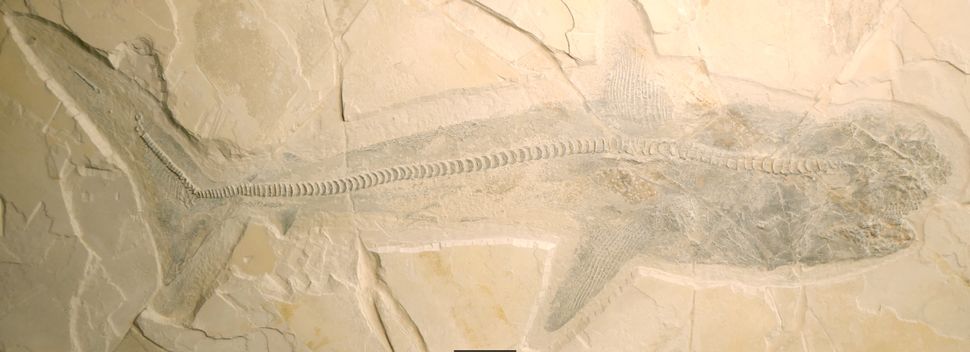
The "exceptionally preserved" fossil unearthed in a limestone quarry in northeastern Mexico. (Image credit: Vullo et al/Proceedings B)
https://www.livescience.com/animals/sharks/ancient-30-foot-ancestor-of-great-white-shark-unearthed-in-mexico-quarry?utm_term=55C996C6-4393-4B13-9736-9BEC0BC6AFA6&lrh=990ccd8e582dc48a5de81889b47c5d726c369528246fb5cf774b4c820833a528&utm_campaign=368B3745-DDE0-4A69-A2E8-62503D85375D&utm_medium=email&utm_content=30533522-7AA1-48EA-9937-14374834AD2F&utm_source=SmartBrief
An extra moon may be orbiting Earth
An extra moon may be orbiting Earth — and scientists think they know exactly where it came from
The near-Earth asteroid Kamo'oalewa, which orbits alongside our planet as a 'minimoon,' may have originated from Giordano Bruno crater on the far side of the moon, new research suggests.
A fast-spinning asteroid that orbits in time with Earth may be a wayward chunk of the moon. Now, scientists think they know exactly which lunar crater it came from.
A new study, published April 19 in the journal Nature Astronomy, finds that the near-Earth asteroid 469219 Kamo'oalewa may have been flung into space when a mile-wide (1.6 kilometers) space rock hit the moon, creating the Giordano Bruno crater.
Kamo'oalewa's light reflectance matches that of weathered lunar rock, and its size, age and spin all match up with the 13.6-mile-wide (22 km) crater, which sits on the far side of the moon, the study researchers reported.
China plans to launch a sample-return mission to the asteroid in 2025. Called Tianwen-2, the mission will return pieces of Kamo'oalewa about 2.5 years later, according to Live Science's sister site Space.com.
"The possibility of a lunar-derived origin adds unexpected intrigue to the [Tianwen-2] mission and presents additional technical challenges for the sample return," Bin Cheng, a planetary scientist at Tsinghua University and a co-author of the new study, told Science.

Giordano Bruno crater (the white, rayed crater on the right) may be the source of the peculiar near-Earth asteroid 469219 Kamo'oalewa. (Image credit: NASA)
https://www.livescience.com/space/asteroids/strange-minimoon-orbiting-alongside-earth-may-be-a-piece-of-the-far-side-of-the-moon-new-research-hints?utm_term=55C996C6-4393-4B13-9736-9BEC0BC6AFA6&lrh=990ccd8e582dc48a5de81889b47c5d726c369528246fb5cf774b4c820833a528&utm_campaign=368B3745-DDE0-4A69-A2E8-62503D85375D&utm_medium=email&utm_content=30533522-7AA1-48EA-9937-14374834AD2F&utm_source=SmartBrief
Saturday Night Dogs (and Cats!)
"Adorable and Huge Animals"
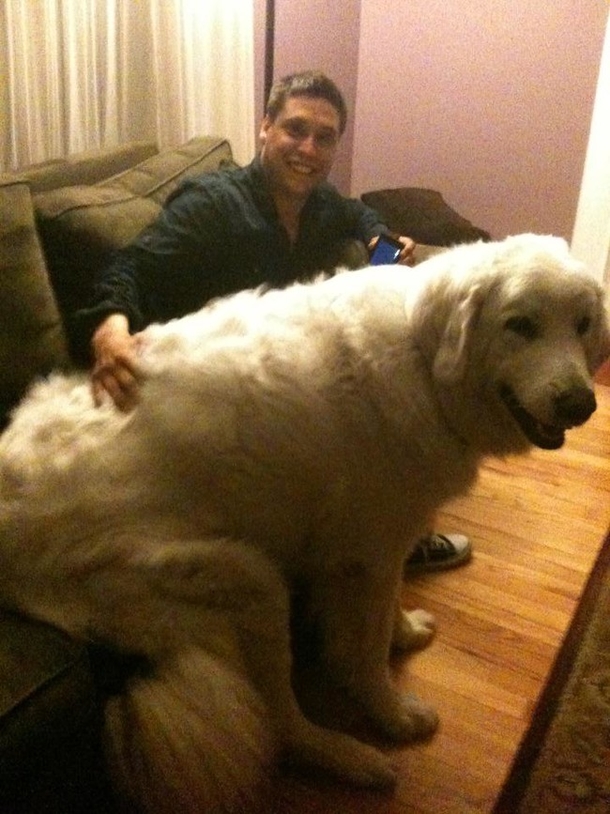
(of course, I had to get a Great Pyrenees in here.)
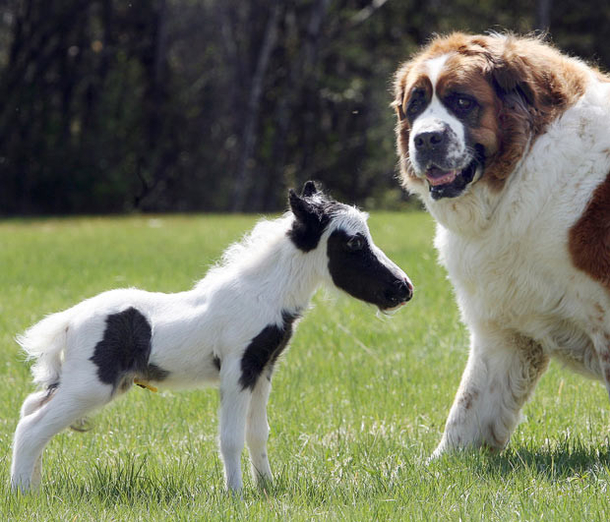
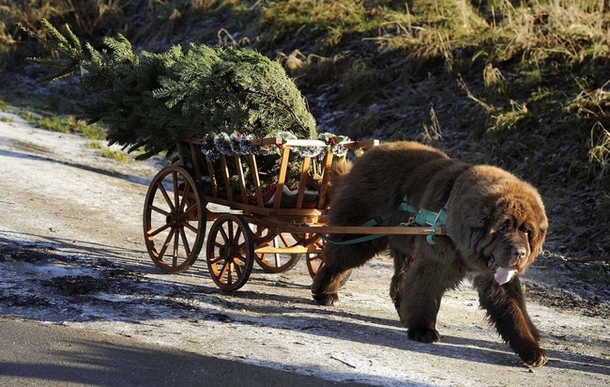



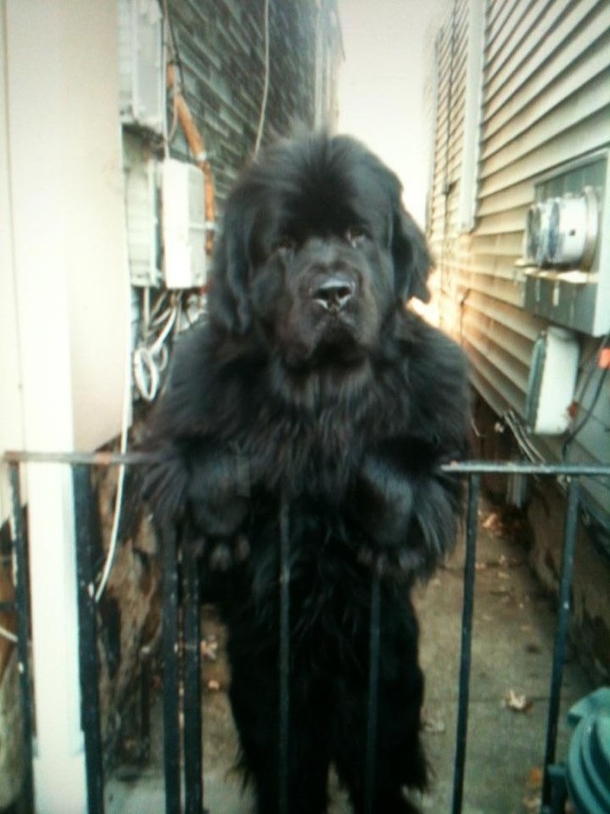

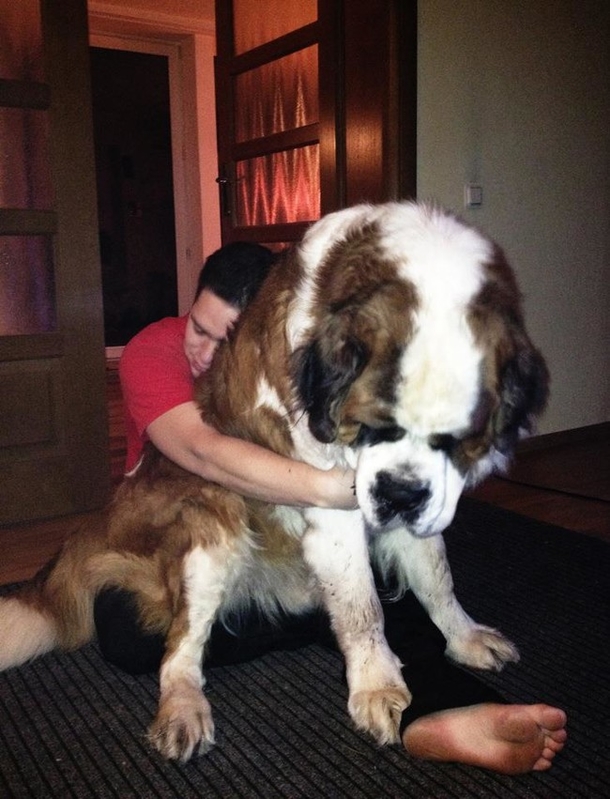


https://www.lovethispic.com/blog/4651/30-adorable-and-huge-animals
AI pinpoints where psychosis originates in the brain
Scientists have moved a step closer to understanding the basis of the hallucinations and delusions that characterize schizophrenia and bipolar disorder.
New brain scans from people with psychosis may confirm a long-standing theory as to why people experience these sudden breaks from reality.
The theory states that, in psychosis, brain networks in charge of directing a person's attention malfunction. This causes a person to experience hallucinations, or sensations of things that aren't actually happening; and delusions, or unshakable false beliefs. Psychosis is a feature of serious mental disorders such as schizophrenia, but its symptoms exist on a continuum and can also occur independently of any defined mental disorder.
The precise details of what happens in the brain to cause psychosis have long eluded scientists. One reason for this is that psychosis is often studied in people who have long been taking antipsychotic medications, so it's difficult to distinguish brain changes tied to the condition from those linked to the drugs.
A goal of the new brain-scan study, published April 11 in the journal Molecular Psychiatry, was to pinpoint the underlying mechanisms involved in psychosis from an early age, which could help pave the way to earlier diagnoses and better treatments.
"The abnormalities do not start when you are in your 20s; they are evident even when you are 7 or 8," lead study author Kaustubh Supekar, a clinical associate professor of psychiatry and behavioral sciences at Stanford University School of Medicine, said in a statement.
https://www.livescience.com/health/mind/ai-pinpoints-where-psychosis-originates-in-the-brain?utm_term=55C996C6-4393-4B13-9736-9BEC0BC6AFA6&lrh=990ccd8e582dc48a5de81889b47c5d726c369528246fb5cf774b4c820833a528&utm_campaign=368B3745-DDE0-4A69-A2E8-62503D85375D&utm_medium=email&utm_content=73621520-7336-4E04-8205-6E621604377F&utm_source=SmartBrief
Octopuses torture and eat themselves after mating
Science finally knows why.
Many animal species die after they reproduce. But in octopus mothers, this decline is particularly alarming: In most species, as an octopus mother's eggs get close to hatching, she stops eating. She then leaves her protective huddle over her brood and becomes bent on self-destruction. She might beat herself against a rock, tear at her own skin, even eat pieces of her own arms.
Now, researchers have discovered the chemicals that seem to control this fatal frenzy. After an octopus lays eggs, she undergoes changes in the production and use of cholesterol in her body, which in turn increases her production of steroid hormones — a biochemical shift that will doom her. Some of the changes may hint at processes that explain longevity in invertebrates more generally, said Z. Yan Wang, an assistant professor of psychology and biology at the University of Washington.
"Now that we have these pathways, we're really interested to link them to individual behaviors, or even individual differences in how animals express these behaviors," Wang told Live Science.
Programmed to die
Even as an English-major undergraduate student, Wang was intrigued by female reproduction, she said. When she transitioned into graduate school in science, she kept that interest, and was struck by the dramatic deaths of octopus mothers after they laid their eggs. No one knows the purpose of the behavior. Theories include the idea that the dramatic death displays draw predators away from eggs, or that the mother's body releases nutrients into the water that nurture the eggs. Most likely, Wang said, the die-off protects the babies from the older generation. Octopuses are cannibals, she said, and if older octopuses stuck around, they might end up eating all of each other's young.
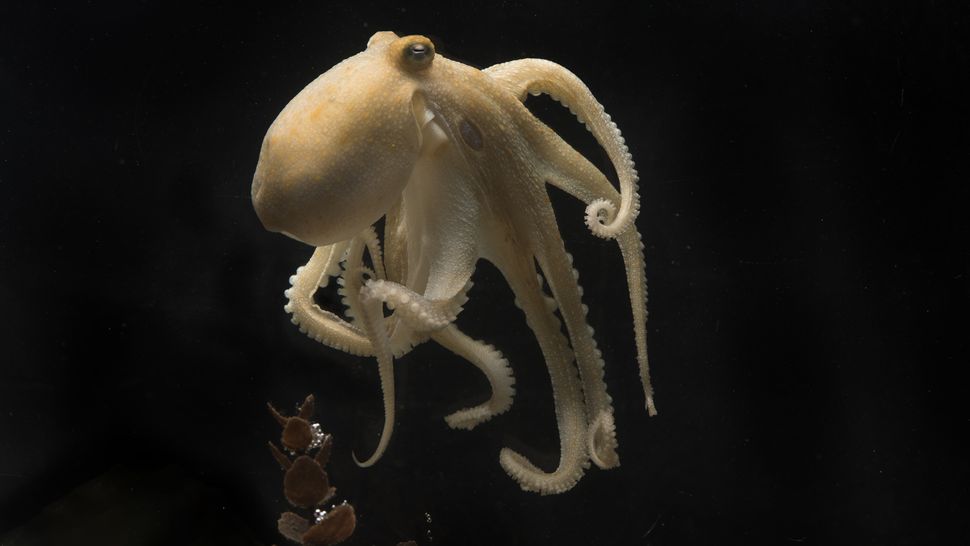
https://www.livescience.com/why-octopus-moms-self-destruct
Let the jokes begin.....
And this is why you have itty bitty girls dancing with big guys.....
(Or ice skating!)
The Cure for a Bad Day
Guess who showed up at the barn yesterday?
He says his name is Thomas, but his friends call him Tommy. I'd say around 8 wks old. We've also had an old tom cat hanging around lately (there's good eats here!) and I suspect Tommy had followed him here. They seem to be on good terms (the other barn cats are skeptical.) No sign of mom or other kittens.
Both have a little white spot on their chests. We've been calling the tom, Spot (score one for originality). Haven't been able to get closer to him than 10 feet, but he's chatty. If he hangs around long enough, I'll trap him and take for neutering/shots. There will be no problem getting Thomas in a crate--he climbs my leg!


Soul-Healing Rescue Pet Pics To Make You Smile
Overworked shelters take in millions of lost, stray, and abused animals every year. Luckily, people continue to open their doors and hearts to these misfits.
By adopting a pet rather than buying one, we not only give it a second chance at life but also free up valuable space and other resources that allow humane organizations to take in and help more critters.

The First Picture After Adopting A Dog

A Rescue From Ukraine. Her Name Is Bella

This Is Grandma, A Toothless, Elderly Stray Who Was Brought To Our Clinic And My Coworker Adopted. She Comes To Work Every Day And Just Hangs Out Waiting For Snuggles

Meet Snickers! Just A Beautiful Girl With A Crooked Smile!
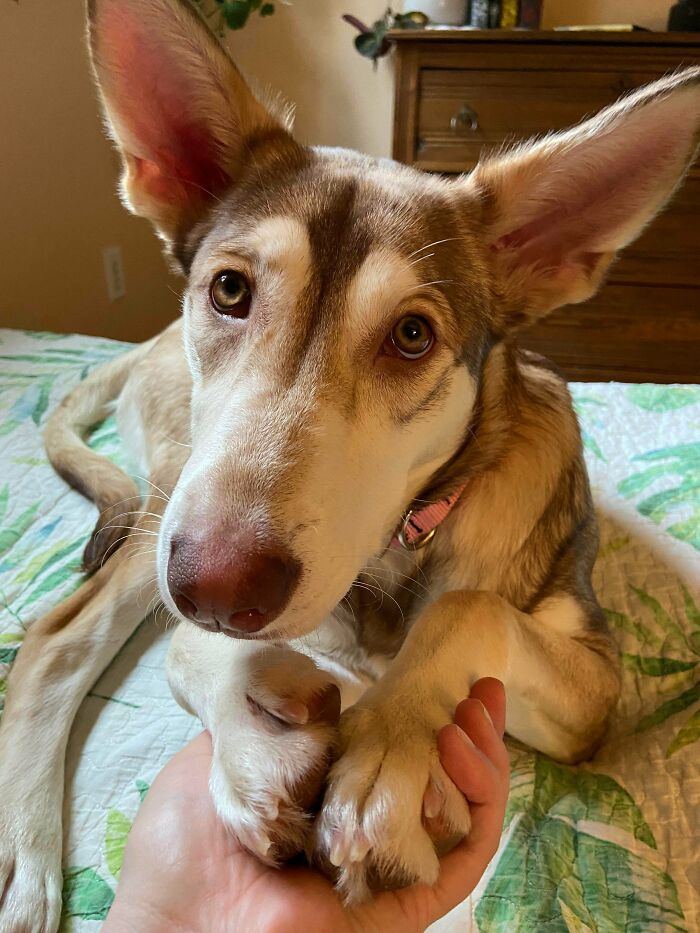
From Stray To Adopted And Then Returned, Penelope Has Finally Found Her Forever Home And We Love Her To Pieces

Joy Is Having An Adopted Puppy Fall Asleep On Your Chest On A Saturday Morning

Just Adopted This Little Cutie, Meet Sally The 8 Week Old Sausage Dog Pup

My TNR Ragnar. "He's Too Feral For Adoption"
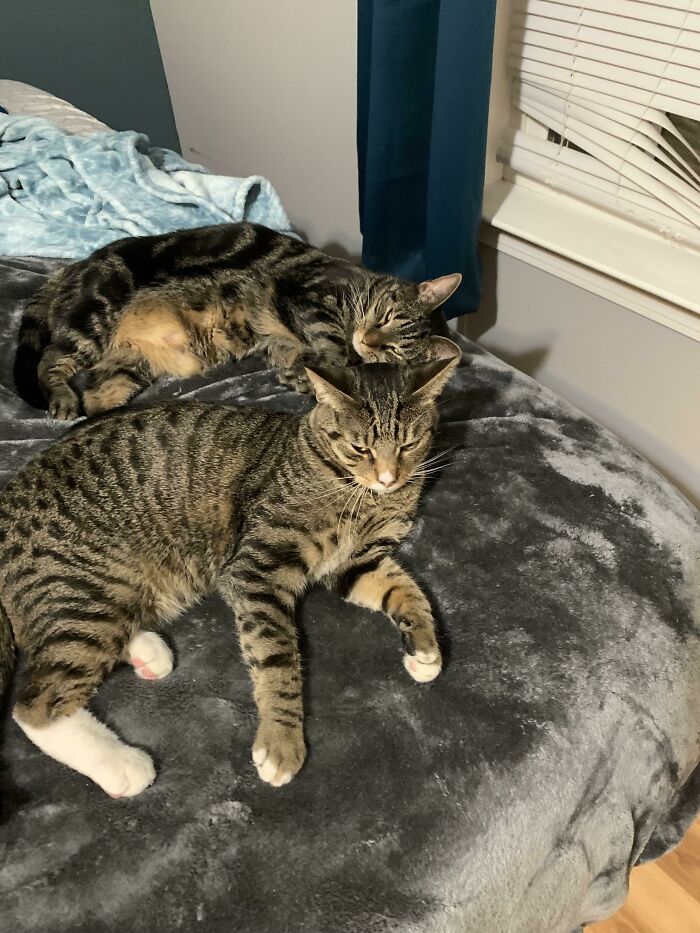
Adopted This Sweet Bonded Pair On Saturday. Over The Past Five Months We Lost All 4 Of Our Senior Cats… These Two Are Sure Helping Heal Our Hearts

Just Adopted This Goofball
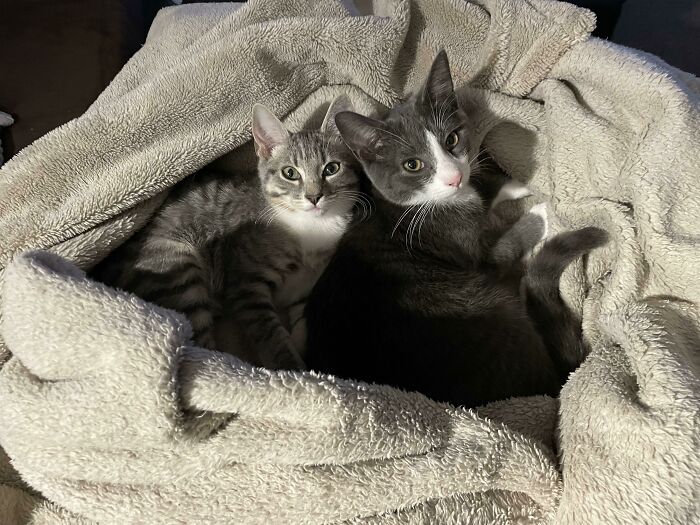
Adopted Two Kittens, Now They’re Best Friends. Meet Felix And Niko!
More at:
https://www.boredpanda.com/animals-just-got-adopted/
Ancient Indigenous lineage of Blackfoot Confederacy
Ancient Indigenous lineage of Blackfoot Confederacy goes back 18,000 years to last ice age, DNA reveals (complete title)
A new DNA study of living and historical members of the Blackfoot Confederacy in the U.S. and Canada suggests that they share a lineage with people from the last ice age.
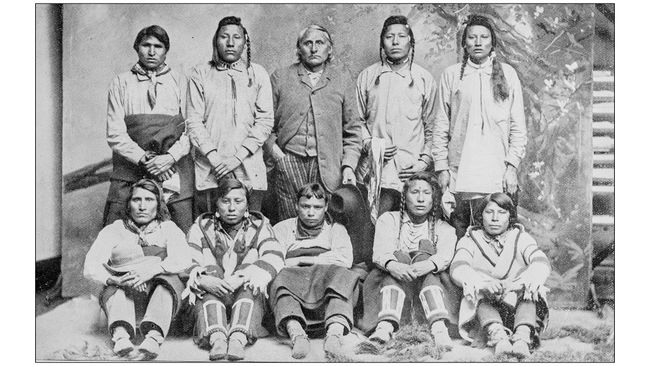
The Blackfoot Confederacy, shown here in a historical photo, has an ancient genetic lineage that goes back 18,000 years. (Image credit: ilbusca via Getty Images)
Members of the Blackfoot Confederacy have an ancient lineage that goes back 18,000 years, meaning that Indigenous peoples living in the Great Plains of Montana and southern Alberta today can trace their origins to ice age predecessors, a new DNA study reveals.
In the new study, published April 3 in the journal Science Advances, a team of researchers led by three members of the Blackfoot Confederacy investigated the genetic history of their tribes.
Comprising four related tribes — the Blackfeet, Kainai, Piikani and Siksika — members of the Blackfoot Confederacy historically included nomadic bison hunters and trout fishers. Their territory was divided in the mid-19th century by the U.S.-Canadian border, and in the late 19th century both countries' governments forced the Indigenous confederacy members to settle on reservations.
Since then, tribes in the Blackfoot Confederacy have had to defend their land claims and water rights, in spite of both archaeological evidence and oral traditions testifying to their deep history in the area. To provide an additional line of evidence that could help secure their treaty rights as well as to advance scientific knowledge of Indigenous genomic lineages, members of the Kainai Nation in Canada and the Blackfeet tribe in Montana partnered with scientists from multiple U.S. universities to investigate their genetic history.
https://www.livescience.com/archaeology/ancient-indigenous-lineage-of-blackfoot-confederacy-goes-back-18000-years-to-last-ice-age-dna-reveals
Profile Information
Gender: Do not displayHome country: U.S.
Member since: Tue Dec 29, 2015, 03:16 PM
Number of posts: 22,061